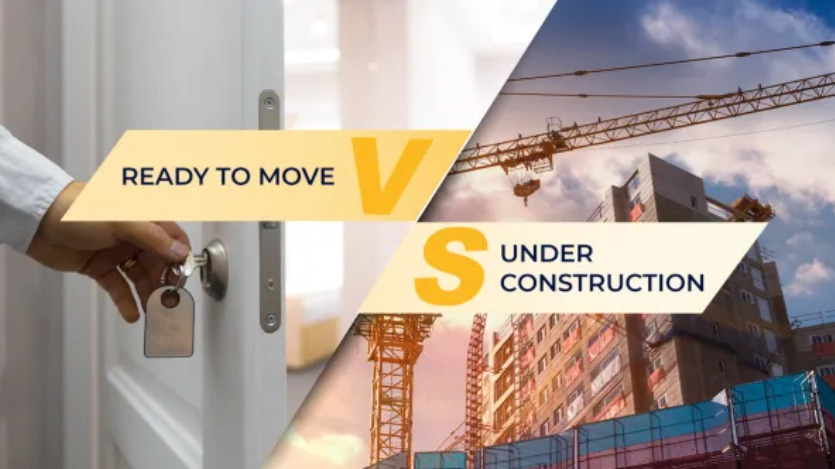
One of the most essential choices you’ll have to make when purchasing a home is buying a house that is still in the building phase or already complete. If you take the time to learn about the benefits of each alternative, you’ll be in a better position to select the one that best meets your requirements and preferences.
Under Construction Property: Building for the Future
One definition of “under-construction” refers to a building that has not yet reached substantial completion. Key advantages of this investment strategy in real estate include:
Customization Opportunities:
The ability to make personalizations is a major selling point for purchasing a house while it is still in the building phase. You can change the floor plan, interior finishes, and some of the building’s structural components as early as the planning phase. With this much customization at your disposal, you may design a home that is perfect for you. You can check some customization options on the website – https://www.metarealtyinc.ca/.
Potential Cost Savings:
Properties still in the building phase typically cost less than comparable, completed dwellings in the same area. Saving money is possible if you buy early since developers often provide discounts. Buying during construction also gives you the potential for better deals.
Advantages of Today’s Technology:
To appeal to modern homebuyers, builders now provide an array of high-tech extras in their brand-new constructions. Smart home technologies, eco-friendly building supplies, and energy-efficient equipment fit this category. Buying a house still in the building process allows you to live in a brand-new structure with all the latest amenities.
Prospects for Profit:
Under-construction buildings have the potential for price increases, making them attractive investments. You can start accumulating equity in the home before you even move in if its market value rises as construction nears completion. This may seem alluring in places where the housing market is expanding fast.
Ready-to-Move-In Property: Instant Gratification
Complete and available for immediate occupancy, this property is a ready-to-move-in (or sell) option. The benefits of this course of action are as follows:
Quick Takeover:
The opportunity to move in right after closing is the most obvious advantage of a ready-to-move-in property. If you need somewhere to live immediately or don’t want to deal with the unknowns that come with building delays, this can be a good option for you.
No Need to Wonder:
Buying a finished home removes any elements of uncertainty. Everything from the floor plan and the finishes to the sturdiness of the building itself is on display for your inspection. This eliminates the potential for unpleasant shocks associated with properties in the building phase.
Established Neighborhood:
The best places to find turnkey homes are in established areas with plenty of services, a solid infrastructure, and a welcoming community. This implies you will be close to schools, parks, and stores.
Reduced Monetary Exposure:
There is always the chance that delays or adjustments to the original design may result in additional costs for an under-construction home. However, the schedule and expense of ready-to-move-in residences are more assured. What you’re buying and when you can get it are completely transparent.
Choosing the Right Option for You
Buying a house in the building process or ready for occupation depends on your position, tastes, and goals. Here are some things to think about before making a decision:
Timing:
Think about how long it will take to move into your new place. A ready-to-move-in house is the best option if you need a new home immediately. However, if you have some wiggle room in your timeline and are okay with waiting for construction to finish, an unfinished home might be a good option.
Budget:
Think about your financial condition and budget carefully. The purchase price of a property still in the building phase is often lower. Still, it would help if you accounted for additional expenditures throughout the project. The pricing structure of ready-to-occupy homes is more transparent and freer of hidden fees.
Investing Objectives:
Think on the big picture. A ready-to-move-in property may be the best option if your primary goal is to find a place to live. A home still in the building phase may be better if you’re looking to invest in real estate and can wait for the value to rise.
Conclusion:
There are benefits to both properties in the building phase and those that are complete and ready for occupancy. Before choosing a choice, taking stock of one’s demands, financial standing, and long-term objectives is important. Whether you choose the thrill of designing your own space in an under-construction property or the ease of a completed one, your decision should reflect your ideal home and the way of life you hope to establish for yourself; if you want to know more about visit https://www.metarealtyinc.ca.